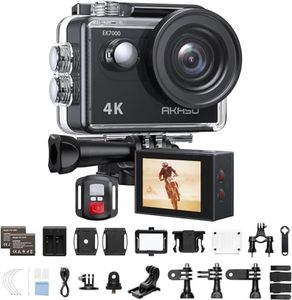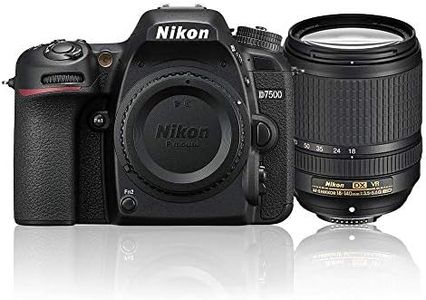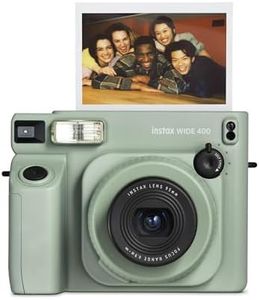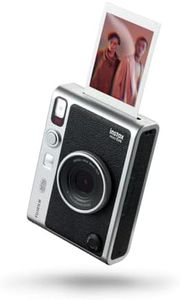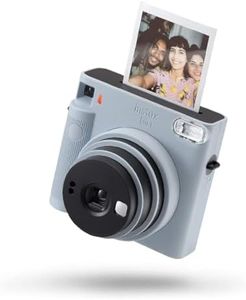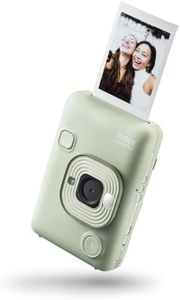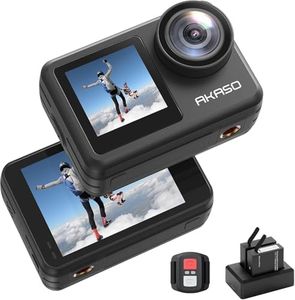We Use CookiesWe use cookies to enhance the security, performance,
functionality and for analytical and promotional activities. By continuing to browse this site you
are agreeing to our privacy policy
10 Best Cameras For Teens
From leading brands and best sellers available on the web.Buying Guide for the Best Cameras For Teens
Picking a camera for a teen should be about balancing ease of use, durability, and the ability to grow as their interests in photography or videography develop. It's a great idea to choose a camera that inspires creativity but isn't overwhelming to learn. Consider what the teen is most likely to shoot—friends, travel, hobbies—or if they're interested in trying out video as well. A camera that is comfortable to carry and simple to operate makes using it fun, not frustrating. Remember, enjoying the process matters as much as the technical specs.Camera TypeCamera type refers to the category of camera, such as compact, mirrorless, or DSLR. This matters because it affects how easy the camera is to use and how much room there is to grow. Compact cameras are great for quick snaps and are typically lighter and simpler; mirrorless cameras offer better image quality with a modern feel and are still fairly lightweight; DSLRs are more traditional, a bit bulkier, but give lots of manual control. If your teen is just beginning or mainly wants fun snapshots, a compact camera works well. For those starting to take photography more seriously, mirrorless or entry-level DSLR options are a better fit. Think about how much your teen is interested in learning about photography and how much weight they're willing to carry.
MegapixelsMegapixels indicate how detailed a photo can be, measured in millions of pixels. While it's tempting to go for the highest number, after a certain point, more megapixels don't always mean better photos, especially for everyday sharing or printing standard-sized photos. Cameras under 16 megapixels are fine for social media and regular prints; 16-24 megapixels offer a good balance for larger prints or light cropping; more than 24 megapixels are best if your teen is very into photography and plans to enlarge or crop images a lot. Consider what your teen will actually do with their photos before making this a top priority.
Ease of UseEase of use covers how simple it is to start snapping pictures. This includes menu layout, touchscreen controls, and whether the camera has helpful features like scene modes or guided tutorials. Some cameras are built to be almost point-and-shoot, making them friendly for beginners, while others offer more manual controls that require learning. If your teen is new to cameras, choosing one with more automatic functions and clear instructions makes the process enjoyable. Teens who are quick learners or already interested in the technical side may prefer a model that lets them explore manual settings gradually.
Durability and SizeDurability and size are about how tough and portable the camera is. Teens are often on the move, so a rugged camera that can handle bumps or occasional splashes is practical. A compact, lightweight model fits better into bags or pockets, making it likely they'll actually bring it along. If your teen participates in outdoor activities or is a bit clumsy, consider a camera with some waterproof or shockproof features. For more careful teens or those who want to take their camera to events, size and weight become more important.
Battery LifeBattery life measures how many photos or videos a camera can take before needing a recharge. This is crucial so the camera doesn't die during an outing or a special moment. Cameras with longer battery life are great for days out or trips, but even models with moderate battery spans are fine if recharging regularly is possible. Think about your teen's habits—if they're forgetful or tend to use devices for long stretches, longer battery life is worth prioritizing.
Video CapabilitiesVideo capability refers to the quality and options the camera offers for recording video, such as resolution (HD, Full HD, or 4K) and special features like slow motion. This is important if your teen is interested in making videos for social media or school projects. HD is enough for basic clips, Full HD gives good quality for most uses, and 4K is best for future-proofing or creative editing. If video is a big part of your teen's interests, pay attention to features like autofocus speed during video, the ability to plug in a microphone, or image stabilization for smoother footage.
ConnectivityConnectivity is about how easily the camera can share photos and videos to devices like phones or computers, or directly to social media platforms. Features like Wi-Fi, Bluetooth, or built-in apps make transferring images quick and hassle-free, which is appealing to many teens. If your teen loves sharing photos instantly, ensure the camera can connect wirelessly to their devices. This spec is less critical if they don't mind transferring files with cables or memory cards.

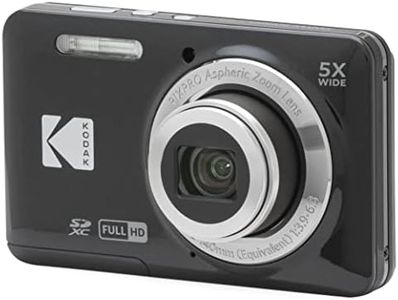
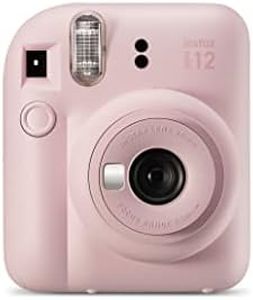
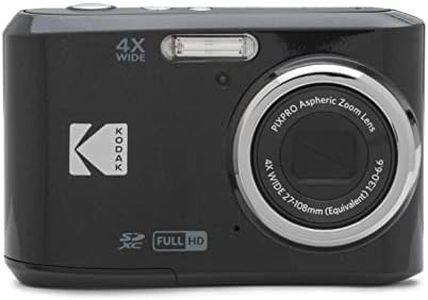

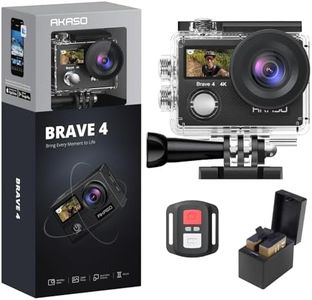
![Nikon Z 30 Mirrorless Camera + NIKKOR Z DX 12-28mm f/3.5-5.6 PZ VR Lens Kit [AU Version]](https://images-proxy.bestreviews.guide/ocJXksiRe7gjnxDlDa5IpQyQx1Q=/0x300/https://m.media-amazon.com/images/I/41LERr7u53L._AC_CX679_.jpg)
